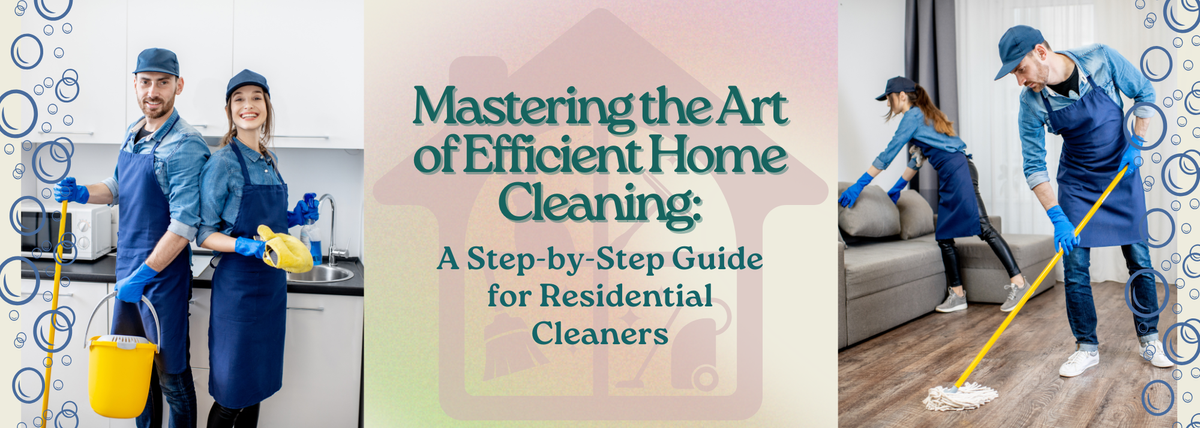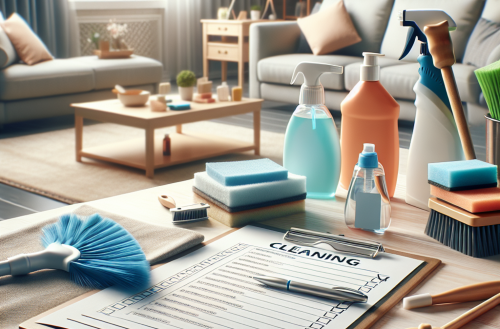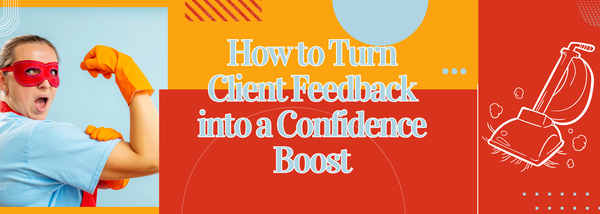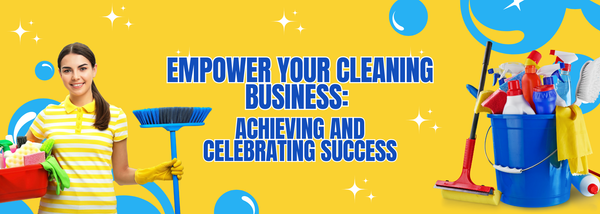Mastering the Art of Efficient Home Cleaning: A Step-by-Step Guide for Residential Cleaners

Efficient home cleaning goes beyond merely making spaces look tidy; it's about achieving more in less time through smart techniques and optimal tools. For professionals in the residential cleaning industry, refining these strategies not only enhances service quality but also supports sustainable business growth. This guide provides you with practical tips, insightful advice, and precise techniques to help you clean homes more swiftly and effectively. Whether you are new to the industry or seeking to enhance your skills, arm yourself with the knowledge and tools needed to tackle cleaning tasks with confidence. Let's transform cleaning into an effortless, stress-free experience that consistently exceeds client expectations.
Efficient Cleaning Techniques
Prioritizing Tasks
To maintain efficiency in your cleaning tasks, begin with the most crucial areas, such as kitchens and bathrooms, as they are frequently used and can harbor more germs. These spaces require careful attention to ensure safety and hygiene. Subsequently, focus on high-traffic areas like living rooms and hallways, which tend to accumulate dust and clutter. Creating a checklist with allocated times for each task can help you stay organized and meet deadlines. Additionally, using the appropriate cleaning tools for each area can significantly save time while maintaining cleanliness and boosting overall productivity.

Streamlining Supplies
Effectively managing your cleaning supplies is a critical aspect of optimizing your workflow. Keep your cleaning tools in a convenient, portable caddy for easy access and transport. This approach not only saves time but also ensures you have everything you need on hand. Opt for all-purpose cleaners suitable for multiple surfaces and invest in high-quality tools such as microfiber cloths and reliable vacuums. Regularly checking and updating your supplies helps keep your inventory organized and reduces time lost searching for the right equipment.

Time-Saving Tips
Adopting a "top-to-bottom" cleaning strategy is an excellent way to save time. Begin at the ceiling—targeting ceiling fans and high shelves—and work your way downward, ensuring dust does not settle on areas that have already been cleaned. Group similar tasks, like dusting all rooms before vacuuming, to reduce time spent switching between tasks. Utilize quick-dry products to minimize waiting periods. Setting timers can help maintain a brisk pace and minimize dawdling, while training staff in these techniques ensures consistent application.

Developing a Cleaning Routine
Creating a Custom Schedule
Crafting a cleaning schedule tailored to each client's needs is vital for delivering personalized service. Concentrate on areas requiring regular attention and adjust the schedule as necessary. Distributing tasks throughout the week can help prevent burnout and sustain energy levels. Leverage digital tools and apps for efficient schedule management and incorporate client feedback to adapt seamlessly to their evolving needs.

Handling High-Traffic Areas
Areas subjected to frequent use and wear require special care and maintenance. Implement spot cleaning techniques to manage spills and stains promptly before they become embedded. Regular vacuuming prevents the accumulation of dirt and debris, while decluttering contributes to a clean and orderly environment. Choose surfaces that are durable and easy to clean, which reduces cleaning time and keeps these busy areas welcoming.
Checklists for Consistency
Incorporating checklists into your cleaning routine is essential for ensuring consistency and avoiding overlooked tasks. Customizing these checklists to accommodate each client’s specific needs personalizes the service. They also serve as valuable training tools for new team members, highlighting the importance of thoroughness. Updating checklists regularly based on client feedback ensures your method remains efficient and aligned with client expectations.
Enhancing Client Satisfaction
Clear Communication
Maintaining open and transparent communication with clients is critical for enhancing satisfaction. Providing regular updates on the cleaning schedule and actively soliciting feedback can improve the services you offer. Promptly addressing any concerns and clearly outlining the scope of work and pricing demonstrate professionalism and prevent misunderstandings.

Personalizing Services
Understanding clients’ preferences allows you to tailor services by using specific products or focusing on particular home areas. Regularly checking in to discuss and refine service delivery demonstrates your commitment to meeting client needs, fostering trust and loyalty. This attention to detail underscores the importance of leveraging client feedback to refine your services.

Feedback for Improvement
Developing robust methods for collecting client feedback is essential for ongoing service improvement. Acting on client insights not only fosters trust and loyalty but also reassures clients that their opinions are valued. Utilizing feedback to enhance services highlights your dedication to service excellence and promotes a culture of continuous improvement. By regularly seeking and acting on client feedback, you create a culture of continuous improvement, ensuring that your cleaning services remain competitive and client-focused.




